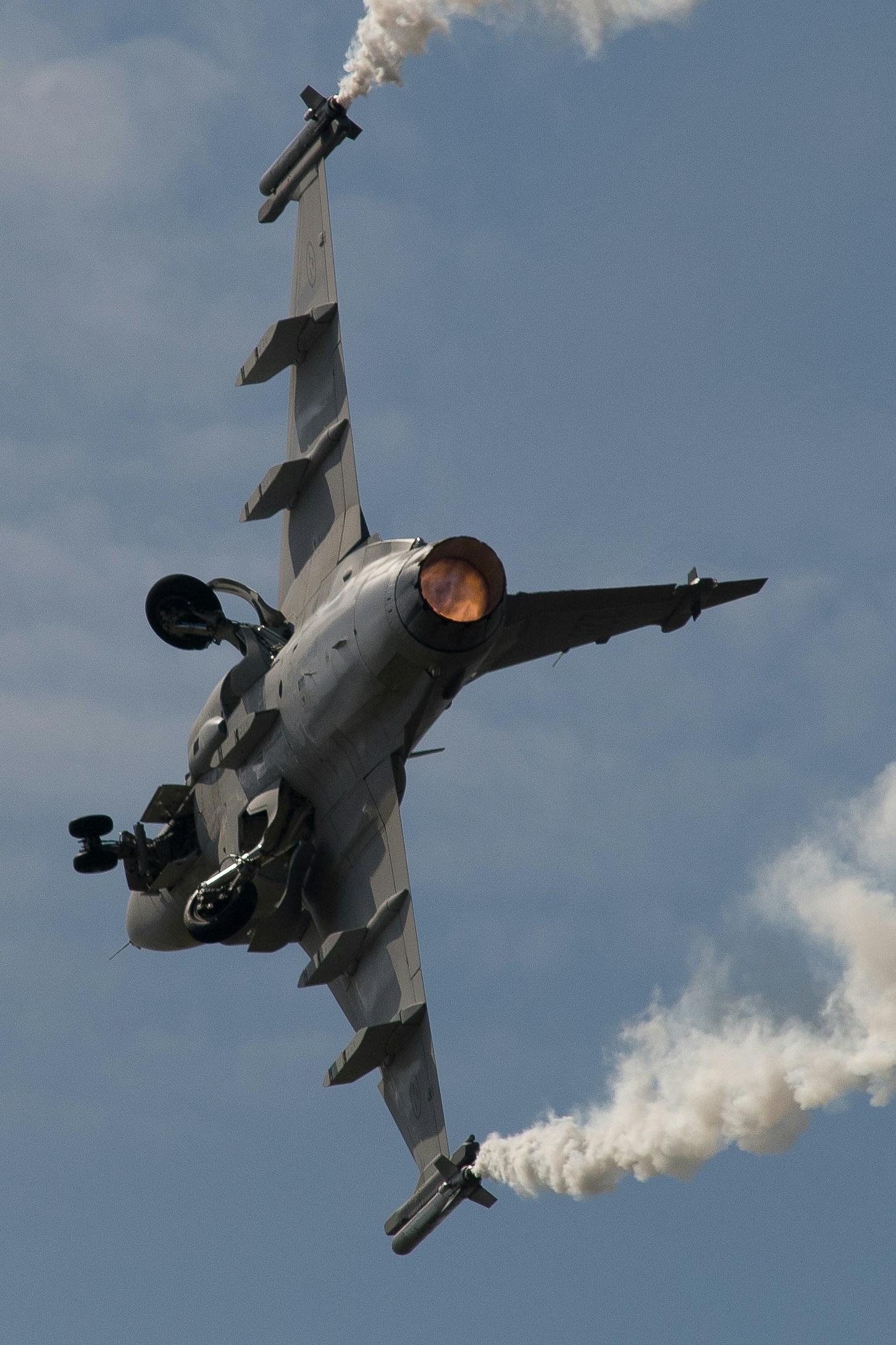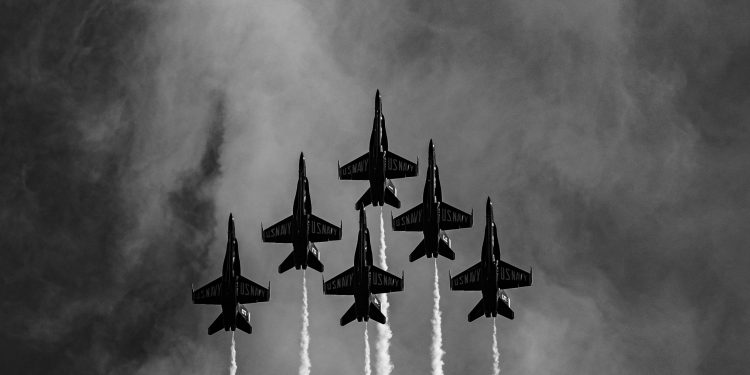A Bangladesh Air Force F-7 BGI jet erupted into a fireball upon impact with Milestone School and College in Dhaka on Monday, killing 19 people—including the pilot—and injuring 164 others in one of the country’s worst military aviation disasters. Military spokesperson Lieutenant Colonel Sami Ud Dowla Chowdhury confirmed the Chinese-made fighter jet experienced mechanical failure minutes after takeoff from Kurmitola Air Base during a routine training mission. Eyewitnesses described the pilot’s desperate last-minute maneuvers to steer the failing aircraft away from densely populated neighborhoods before it slammed into the two-story school building.
Graphic footage from the crash site showed mangled aircraft debris embedded in classrooms, with firefighters battling towering flames as thick black smoke billowed over Dhaka. Dhaka Medical College Hospital received multiple casualties, including a dead third-grader and three severely burned victims aged 12, 14, and 40. Teacher Masud Tarik recounted the horror: “I heard an explosion… when I looked back, I only saw fire and smoke.” The crash comes just weeks after India’s Ahmedabad air disaster, raising urgent questions about South Asia’s aviation safety standards.

The doomed aircraft—part of a 16-jet fleet purchased from China in 2011—represents the final variant of the Soviet-era MiG-21 design. While branded as “advanced” by Jane’s Information Group, the Chengdu F-7 has been involved in multiple crashes globally, with this marking Bangladesh’s fourth F-7 disaster since 2020.
A military investigation committee will scrutinize whether mechanical defects, pilot error, or maintenance failures caused the tragedy, but aviation experts warn the 60-year-old aircraft design may be fundamentally unsafe for modern operations.
Why It Matters
The Dhaka crash bears eerie similarities to India’s June air disaster, where an Air India flight plowed into an Ahmedabad medical college, claiming 260 lives. Both incidents involved aircraft striking educational institutions in South Asian megacities, exposing glaring gaps in emergency response protocols and urban flight path safety. As funeral processions begin for the victims, Bangladesh’s government faces mounting pressure to modernize its military fleet and implement stricter aviation regulations—before another preventable tragedy occurs.













